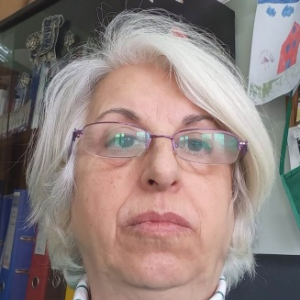Title : Determination of prevalence, pathogenicity, races and vegetation compatibility groups of fusarium oxysporum f.sp lycopersici and F. oxysporum f.sp radicis lycopersici obtained from tomatoes in Central Black Sea Region of Turkey
Abstract:
Fusarium oxysporum is a ubiquitous species complex of soil-borne plant pathogens, each of which includes many different highly host-specific forms. Fusarium oxysporum f.sp. lycopersici (FOL), which is a wilting agent and F. oxysporum f.sp. radicis lycopersici (FORL) causing root rot in tomatoes, are two destructive and common soil borne pathogens in Turkey. Survey studies included five provinces in the Central Black Sea region in Turkey. In the isolations made from diseased plant samples taken from the surveyed areas, FORL isolates were found in every province studied. Among the provinces, the highest number of FORL was obtained from Samsun, followed by the provinces of Tokat, Amasya, Çorum and Ordu. In FOL isolates with three different races, FOL-1 was isolated from Tokat and Samsun provinces, FOL-2 was isolated from Tokat province only, and FOL-3 was isolated from Tokat, Samsun, Amasya and Ordu provinces. When the isolates with a high disease severity index are examined, it is seen that these isolates also negatively affected the root length, stem length, root fresh weight, stem fresh weight, root dry weight, stem dry weight values. The remarkable detail about these isolates is that most of the isolates with high disease severity index are FORL isolates. Nit mutants were obtained from 53 of the 79 FOL-FORL isolates obtained. Matching analyzes were performed using reference isolates in order to determine the vegetative compatibility groups (VCG) of these 53 isolates. As a result of the matching tests, 6 of the FORL isolates from Samsun and Tokat provinces matched with VCG 0091-I reference isolate. FOL isolates did not match with reference isolates. Isolates that did not match any reference isolate could not be defined as a separate VCG because they were incompatible (HSI) among themselves. It was decided to reconsider the VCG studies.
What will audience learn from your presentation?
- Viewers will learn that both diseases are present in Turkey.
- It will be understood that all three races of FOL have been detected in the Central Black Sea region.
- They will see that it is important to solve this problem, which FORL is difficult to deal with, but is becoming increasingly common.
- Since the isolates used in the research are kept, other universities will be able to benefit from their studies.



